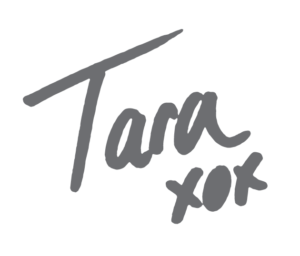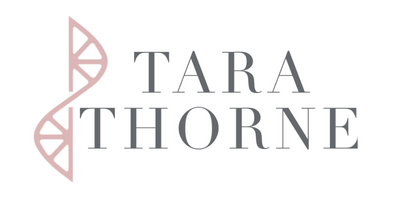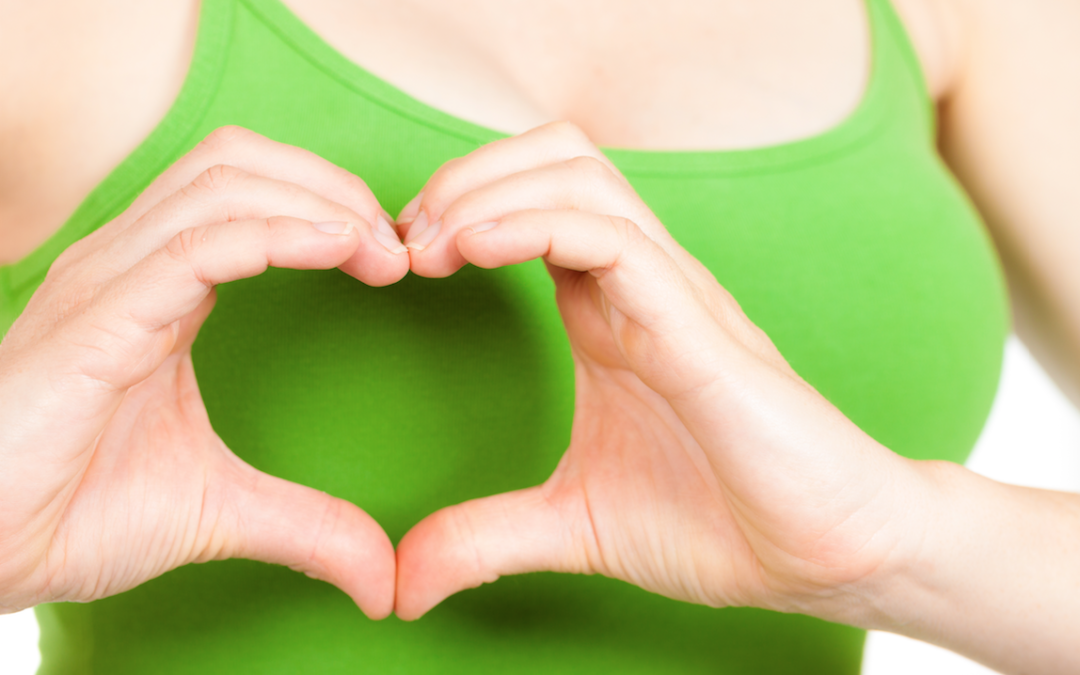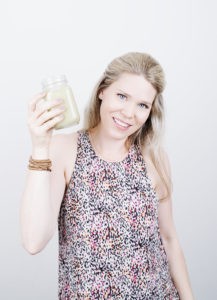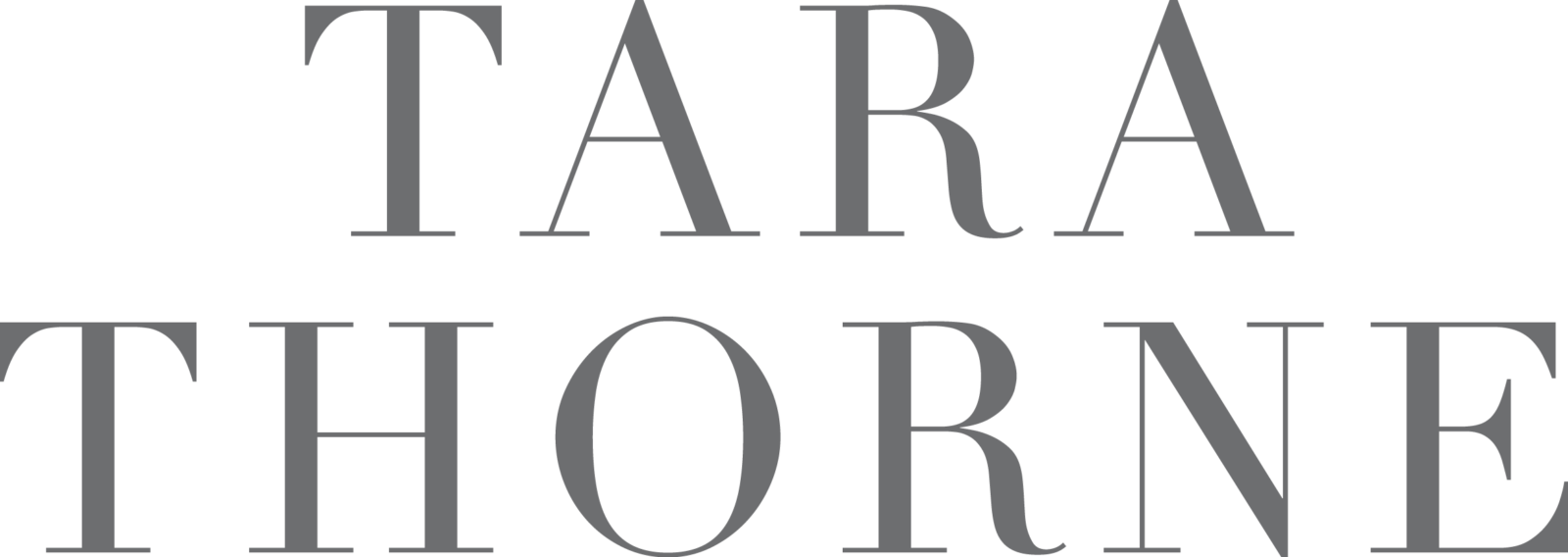If you eat organic food, grass-fed meat, focus on your vegetable intake, maybe even eat gluten-free, but yet you're still using makeup, skincare, haircare or perfumes that are not non-toxic then this blog post is for you. Heck, if you love and want to protect your breasts from cancer then this blog post is for you.
Fact: breast cancer is on the rise. Not all cancers are increasing, but breast cancer is.
Fact: breast cancer is very sensitive to environmental toxins. Many of these toxins are found in women's personal care products, and they can be avoided by choosing the right type of personal care products. My pick is Beautycounter (more on them below).
A little over 40,000 women die every year from breast cancer
230,000 women are diagnosed with breast cancer every year
There are approximately 3.5 M women in America living with a prior diagnosis of breast cancer
How do environmental chemicals cause cancer?
In large part it's due to the way these chemicals impact hormones in the body. These chemicals are called “endocrine disrupters“. The Endocrine Society’s definition of an endocrine disrupting compound (EDC) is: “an exogenous chemical, or mixture of chemicals, that interferes with any aspect of hormone action”. In basic terms, these chemicals negatively interfere with our sex hormones, in particular estrogen and progesterone. By interfering with the actions of our hormones EDCs have been shown to contribute to the development of a wide variety of diseases including cancer.
Your children are at risk, too
And here's the kicker: you don't need to be exposed to high amounts to get into dangerous territory. This in-depth scientific review showed that: “often these effects are most profound when exposures are low-dose and during early development”. So if you're still using Johnson's & Johnson's shampoo on your kids you may want to re-think this approach.
More research in this paper showed that use of products that contain EDC's on infants and children may be linked to early onset puberty, which is a risk factor for getting breast cancer later in life, (due to an overall increase in estrogen exposure throughout your lifespan).
What are some of the worst offenders and how can we avoid them?
Hormones, in particular estrogen, are added to products to promote growth and thickness of hair and they're also added to anti-aging creams because of their effectiveness in raising collagen as well as in improving skin hydration. But what these estrogen mimicking chemicals are doing is increasing a women’s total lifetime exposure to estrogen, which is increasing her risk for breast cancer.
I'm going to list out some of the worst offenders below, but if you just want to jump to the part where I tell you how you can avoid these ingredients in your makeup, skincare, kid's products, and haircare then skip down to the last paragraph of this blog post.
Phthalates: Phthalates are conclusively linked to breast cancer formation. They are readily absorbed through the skin and they can also be inhaled. They are used in numerous personal care products and human urine and blood samples have shown high levels of phthalates, as have amniotic fluid samples from pregnant women. These nasty chemicals cross the placenta, exposing fetuses to their dangers during this critical period of development. They've also been detected in human breast milk. What are the harms of Phthalates? They can induce proliferation, malignant invasion, and tumour formation in breast cancer cells. Basically they act as estrogens – this is how they increase breast cancer risk.
82% of women with and without breast cancer had phthalates in their urine
Parabens: parabens are extremely common as preservatives, especially in cosmetics and personal care products. They are absorbed through intact skin and from the gastrointestinal tract. This review showed that adolescents and adult females had higher levels of urinary parabens than similarly aged males – likely due to the increased use of personal care products by females. Parabens are also found in amniotic fluid samples during the second trimester of pregnancy. Measurable concentrations of six different parabens have been identified in breast cancer tissue and concentration in breast cancer tissue directly correlates to the use of synthetic cosmetic products from the people who were biopsied. What does this mean? It means there is a direct link to those who are using parabens in personal care products and breast cancer risk.
Parabens have been found in almost all urine samples examined from a demographically diverse sample of U.S. adults through the National Health and Nutrition Examination Survey (NHANES) study
Studies that have put parabens on healthy breast cells have turned these healthy cells into breast cancer cells
Alkylphenols: alkylphenols are found in personal care products, in particular hair care products. Alkylphenols have been shown to negatively impact genes related to breast cancer and animal studies have shown these alkylphenols chemicals increase the risk of breast cancer.
Triclosan and triclocarban: These chemicals impact estrogen but also thyroid hormone – they can suppress T4 thyroid hormone. They are absorbed through the skin and the GI tract, and at even a very low dose, triclosan (found in many anti-bacterial products) had estrogen-like properties that enhanced the proliferation of human breast cancer cells.
75% of people have triclosan in their blood
Sunscreens: five our of six common sunscreen chemicals can drive breast cancer growth. The irony here is that many of us will wear sunscreen in the hopes of avoiding skin cancer, but the very sunscreens being used are increasing the risk of developing breast cancer. Some of the worst offenders that disrupt estrogen and act as estrogen mimickers, leading to an increased risk of breast cancer include: 3-(4-methylbenzylidene)-camphor (4-MBC), octyl-methoxycinnamate (OMC), octyl-dimethyl-PABA (OD-PABA), benzophenone-3 (Bp-3) and homosalate (HMS).
So how can you avoid these harmful cancer-promoting ingredients but still enjoy using personal care products and makeup?
You have to choose your personal care, makeup, and haircare products wisely. There are a ton of awesome products on the market that don't include these harmful cancer-promoting ingredients. By far my most favourite company is Beatuycounter. When you go to The Environmental Working Group's (EWG) Skindeep database – a database that rates products based on their health risks – and type in “BeautyCounter” you'll see that their products rate very well. They have a “1 – 3” rating (10 is the worst) and many of their products are “EWG verified” meaning they meet EWG's strict standards for healthy cosmetics. BeautyCounter offers a wide variety of products that perform. This is important. I'm a glamourpuss at heart and I've no interest in using products that make no impact. In my teenage years and 20's I used a lot of luxury brand cosmetics (I hate to think of the chemical exposure I had from all these products!) so my products have to perform, and that's what's so awesome about Beatuycounter – they perform, but at no expense to your health or hormones. I would never endorse a product that I, myself didn't use. I use BeautyCounter for my makeup, skincare, haircare, suscreen – they even have a range for babies and kids. To find out more about these products or to purchase, click here.
Here's to happy, healthy boobies!
